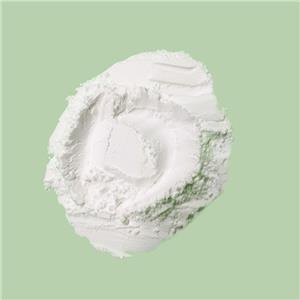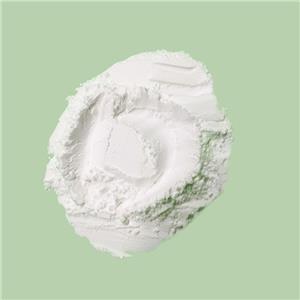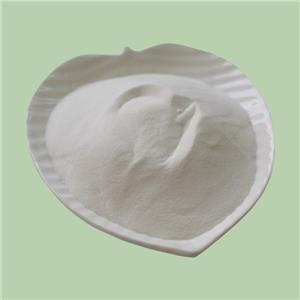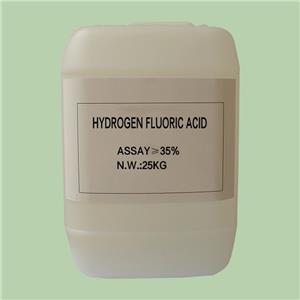Enhancing Foundry Sand Quality with Ammonium Fluoride
In the manufacturing of metal products, foundry sand serves as the cornerstone for creating robust casting molds capable of withstanding the rigors of high-temperature molten metals. To ensure the production of high-quality castings, various additives are incorporated into the sand mixture.
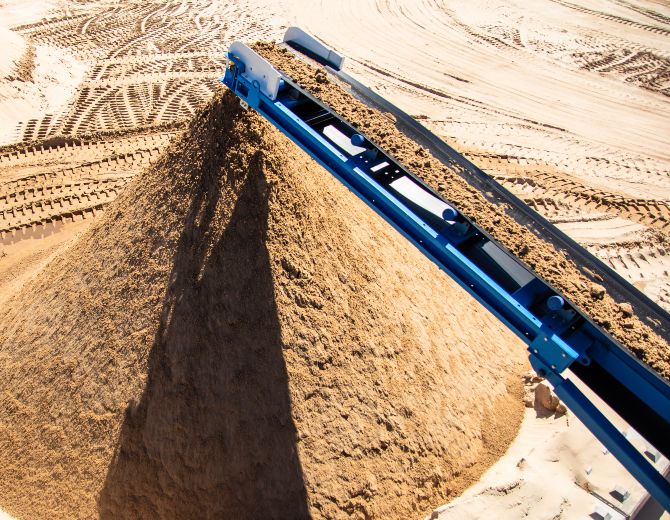
Among these additives, ammonium fluoride, also known as fluoroammonium, emerges as a crucial buffering agent, offering versatile applications and significant benefits in foundry operations. This article aims to provide an in-depth exploration of the role of ammonium fluoride in enhancing foundry sand quality, elucidating its mechanisms of action and diverse applications across different casting processes.
What is Ammonium Fluoride:
Ammonium fluoride is a chemical compound characterized by its white, odorless, and hygroscopic nature. It exhibits high solubility in water, forming a mildly acidic solution upon dissolution. The versatility of ammonium fluoride lies in its ability to modulate reaction rates and control the release of active species in chemical processes. In the context of foundry sand applications, ammonium fluoride acts as a buffering agent, neutralizing acidic components within the sand mixture and forming stable complexes that enhance its suitability for casting operations.
Ammonium Fluoride in Foundry Sand:
One of the primary applications of ammonium fluoride in foundry sand is observed in the production of iron and steel castings, particularly in the manufacturing of grey and ductile iron components. In grey iron casting, which finds extensive use in automotive applications like engine blocks, ammonium fluoride plays a vital role in reducing the levels of sulfur and phosphorus impurities. By mitigating the presence of these elements, it prevents the formation of hydrogen gas, thereby minimizing the occurrence of blowholes and surface defects in the castings.
Similarly, in the production of ductile iron castings, ammonium fluoride serves as a protective agent by reacting with magnesium, which is often added as a nodulizing agent. This reaction forms a barrier layer on the sand surface, reducing the likelihood of surface defects and improving the overall quality of the castings.
Beyond its role in impurity reduction and defect prevention, ammonium fluoride offers additional advantages in foundry sand applications. It lowers the melting temperature of the sand, facilitating ease of handling and mold formation. Furthermore, it enhances the tensile strength of the castings, contributing to their structural integrity and durability.
In summary, the utilization of ammonium fluoride as a buffering agent in foundry sand is indispensable for achieving high-quality castings in various industrial sectors. Its ability to neutralize acidity, reduce impurities, and improve surface finish makes it a valuable asset in foundry operations. As the manufacturing industry continues to evolve, the importance of ammonium fluoride in enhancing foundry sand quality remains paramount, underscoring its significance as a fundamental material in metal casting processes.
- Fluoride Salt
- Ammonium Fluoride
- Sodium Fluoride
- Potassium Fluoride
- Sodium Hydrogenfluoride
- Potassium Bifluoride
- Magnesium Fluoride
- Aluminium Fluoride
- Barium Fluoride
- Lithium Fluoride
- Strontium Fluoride
- Nickel Fluoride
- Zinc Fluoride

